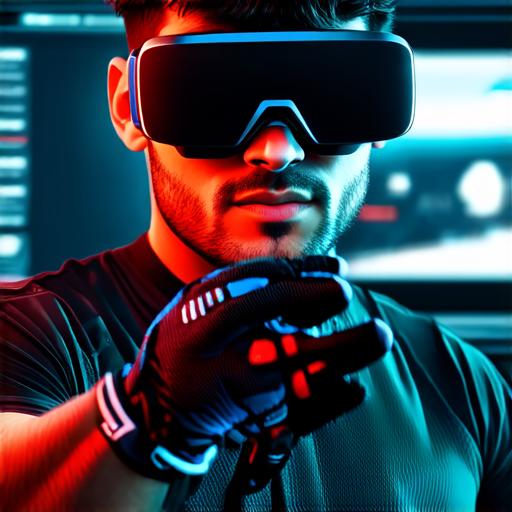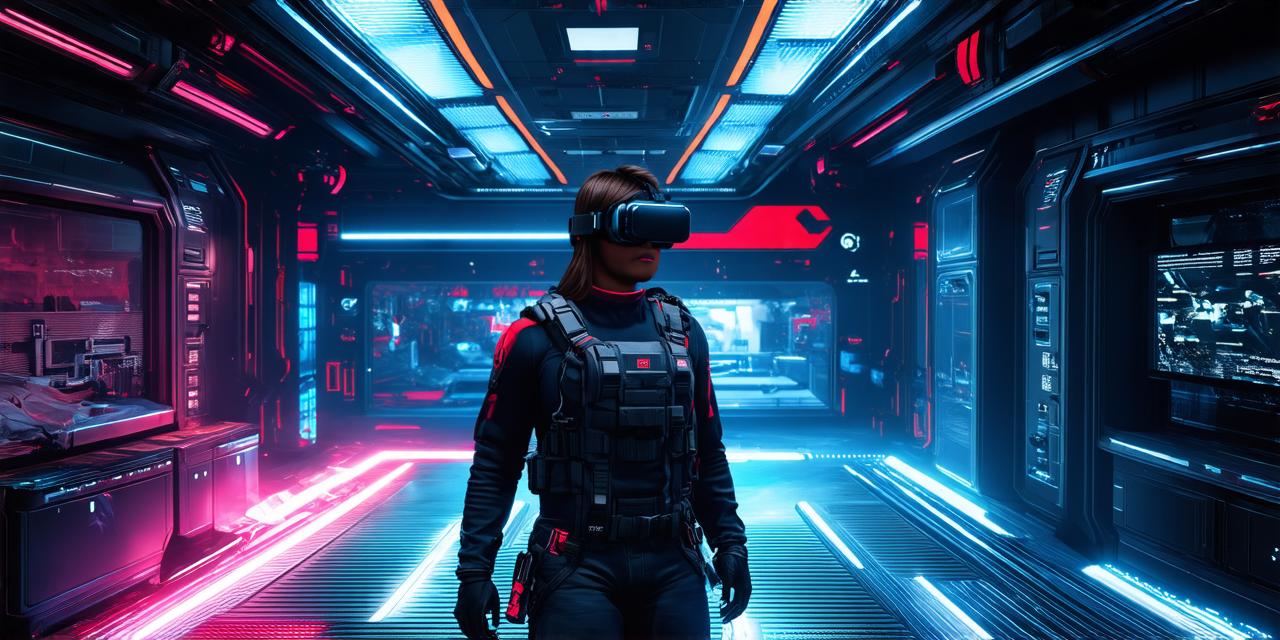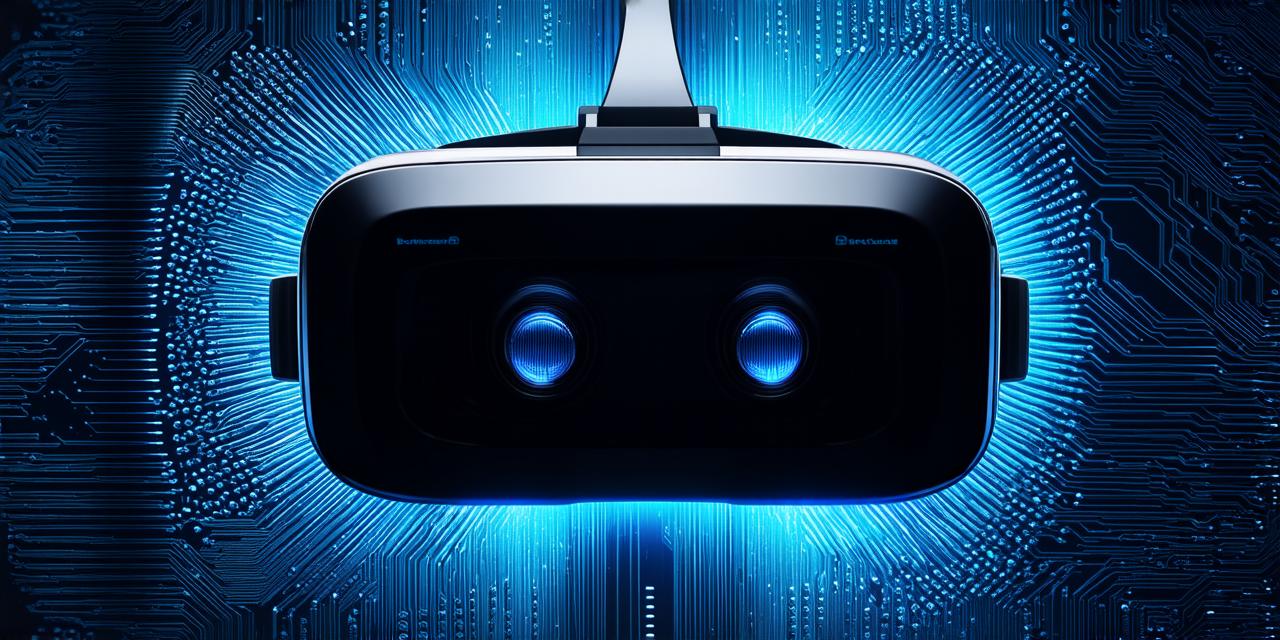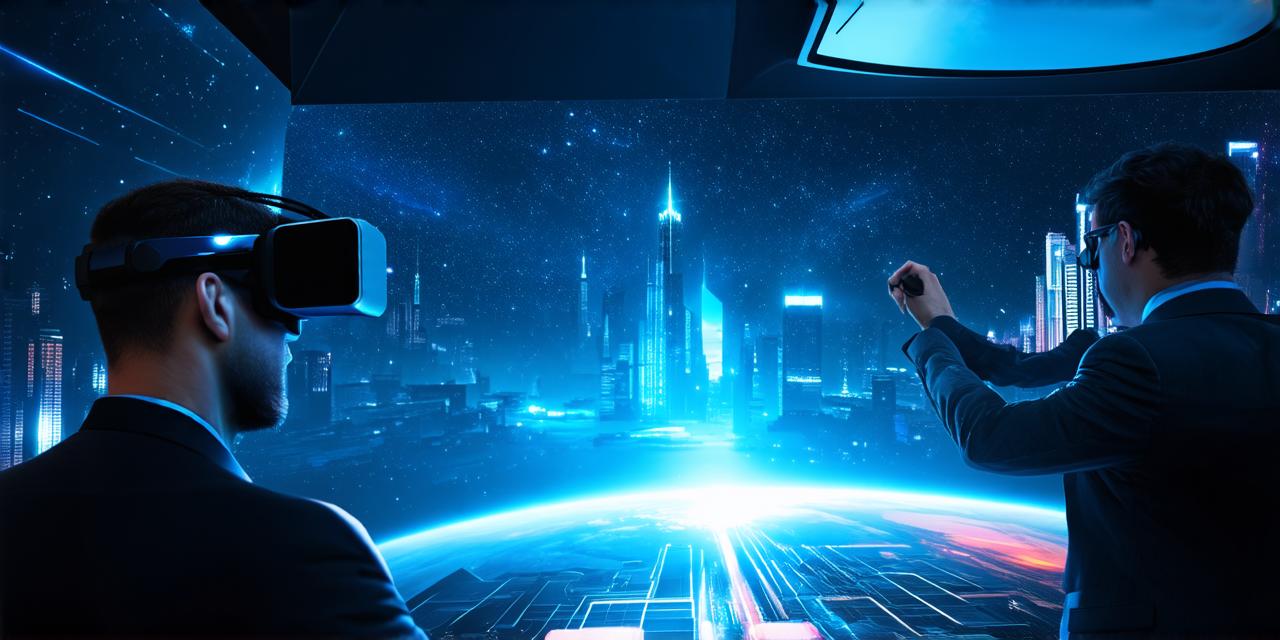Virtual reality (VR) and augmented reality (AR) are two of the most exciting and rapidly developing technologies in the field of computer science. While both technologies enable immersive experiences, there are some key differences between VR and AR that make them better suited to different applications.
Virtual Reality (VR)
Virtual reality is a computer-generated simulation that immerses users in a simulated environment. VR headsets, such as the Oculus Rift and HTC Vive, create an artificial world that users can interact with using handheld controllers or specialized input devices.
One of the biggest advantages of VR is its ability to completely immerse users in a virtual environment. This creates a unique sense of presence that can be difficult to achieve with other technologies. For example, a medical student using VR to simulate surgeries can feel like they are actually performing the procedure on a real patient.
Another advantage of VR is its potential for creating highly realistic and immersive experiences. For example, architects can use VR to create virtual tours of their designs, allowing clients to experience the space in a way that is not possible with traditional 2D blueprints. Similarly, car designers can use VR to test and refine their designs before building a physical prototype.
However, there are also some disadvantages to using VR. One of the biggest challenges is the cost of equipment. VR headsets and controllers can be expensive, which limits their accessibility for many developers. Additionally, VR requires a powerful computer or gaming console to run smoothly, which can be a barrier for smaller studios with limited resources.
Augmented Reality (AR)
Augmented reality, on the other hand, is a technology that overlays digital information onto the real world. AR applications use smartphones, tablets, or specialized glasses to display virtual objects and data in real-time.
One of the biggest advantages of AR is its ability to enhance the user experience without requiring a complete immersion in a virtual environment. For example, an AR app that overlays information about a historical landmark on a smartphone camera can provide users with additional context and knowledge about the site. Similarly, an AR app that displays virtual furniture in a room can help customers visualize how the pieces would fit into their space.
Another advantage of AR is its potential for real-time collaboration. For example, architects can use AR to share designs with clients in real-time, allowing them to see and interact with the design as it is being created. Similarly, engineers can use AR to visualize complex systems and make changes on-the-fly, without needing to go back to a drawing board.
However, there are also some disadvantages to using AR. One of the biggest challenges is the need for accurate tracking of the user’s location and orientation in the real world. This can be difficult to achieve with smartphones and tablets, which may not have the same level of accuracy as specialized AR glasses or headsets. Additionally, AR applications can be less immersive than VR, which may limit their appeal for some users.
Which is Better for Developers?
Ultimately, the choice between VR and AR will depend on the specific needs and goals of the developer. If you are looking to create highly immersive and realistic experiences, VR may be the better choice. However, if you want to enhance the user experience without requiring a complete immersion in a virtual environment, AR may be the way to go.
It’s also worth noting that both VR and AR have their own unique challenges and requirements. For example, developing for VR requires specialized knowledge of computer graphics and motion tracking, while AR development requires expertise in mobile app development and real-time data processing.
Summary
In conclusion, virtual reality and augmented reality are two highly exciting technologies that offer a range of applications for developers. While both technologies have their own unique strengths and weaknesses, they can be used to create immersive and engaging experiences that enhance the user experience in a variety of ways. Whether you’re an AR developer looking to create the next big hit app or a VR developer seeking to push the boundaries of what is possible in gaming and entertainment, there are plenty of opportunities to explore and experiment with these technologies.





